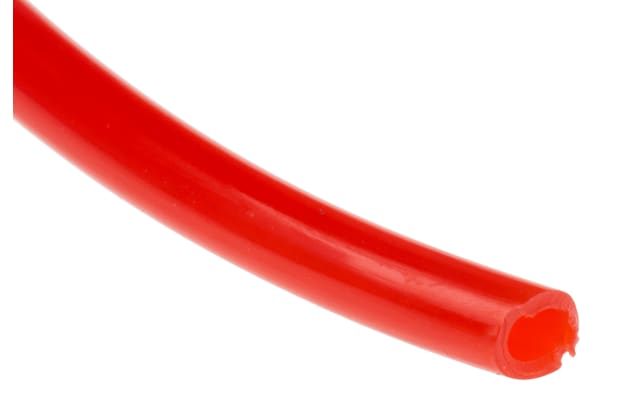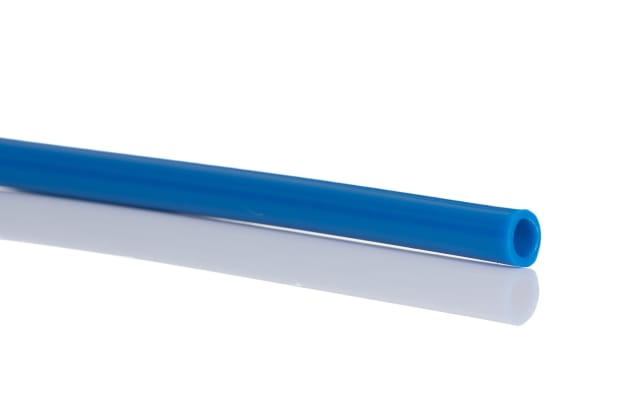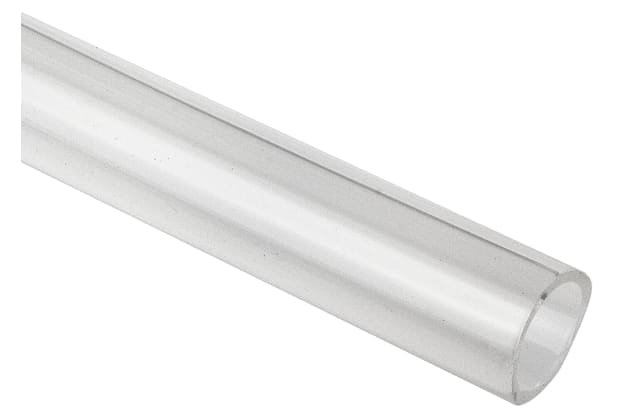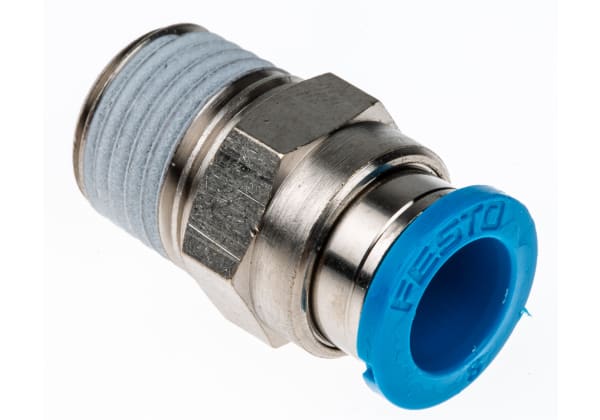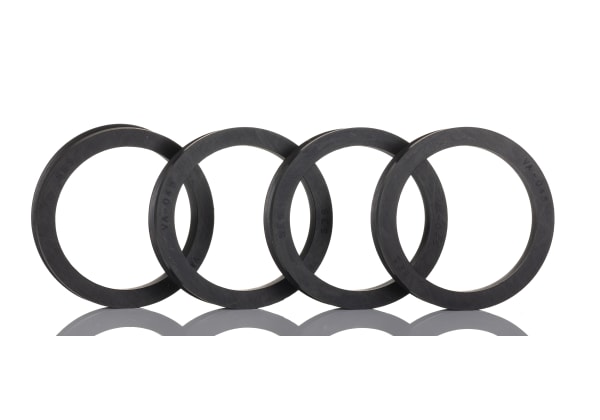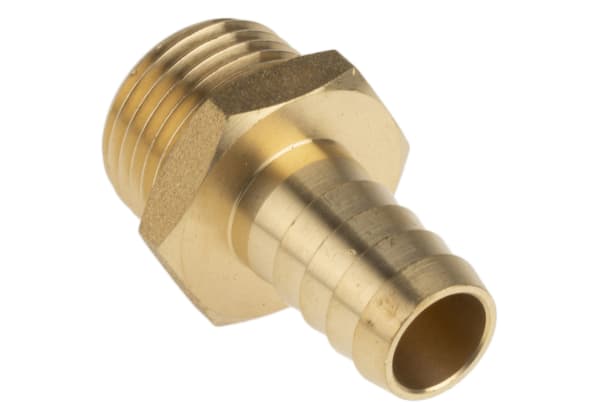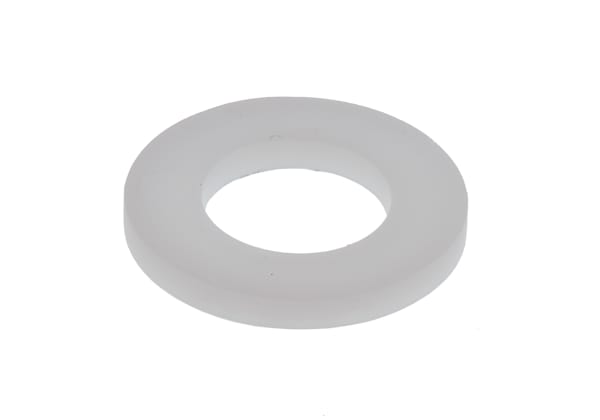- Published 24 Jan 2023
- Last Modified 29 Aug 2023
- 9 min
A Complete Guide to Air Hoses
Our guide is designed to help you understand what an air hose is, the different types, and air hose applications.

What is an Air Hose?
Air hoses are lengths of industrial-strength tubing used to transfer pressurised air or other gases from a compressor to another location, most commonly the operation end of a tool.
Air hoses must be both strong and flexible to be effective. They must deliver a consistent level of pressure or power and withstand high pressures without tearing or breaking their seals. They must also offer flexibility so other components within the device or the operator of the tool can work without undue restriction. This flexibility allows hosing to be quickly installed around working areas with relative ease - brackets or corner connectors are not typically needed.
Also known as pneumatic tubing, air hoses are principally used within the manufacturing and engineering sectors, including:
- Aeronautical engineering
- Mechanical engineering
- Chemical production
- Food manufacturing
Air Hose Types
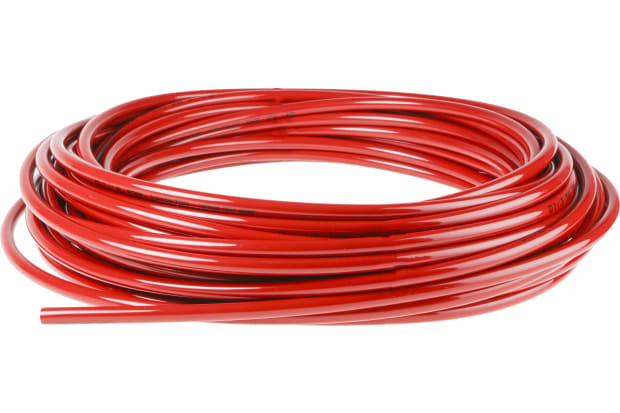
Air hoses are available in a wide range of sizes and strengths, each suitable for different uses, pressures, and operating temperatures. When selecting air hosing, it is important for safety reasons to ensure that you identify the right variety for your project. This will minimise the chance of breakage and accidents but also help to ensure a decent lifespan for the hose itself.
When looking for an air hose, consider the nature of your project or product carefully to answer the following questions:
- Which model of hose would be best?
- What is the minimum and maximum air pressure required?
- What is the most suitable material for my needs? Consider whether it needs to be food-safe, for example
- How long a hose do I need, and what internal and external diameter will I require?
Let’s take a look at some of the principal types of air hose available:
Standard Air Hose
A standard air hose in the UK consists of a straight tube, with no coils or twists. This makes them the best choice for layout on flat surfaces and easy storage when looped. They are commonly fitted within retractable reels operated with a crank handle which can be attached to walls and ceilings for storage.
Standard air hoses are a good choice for hand-operated tools such as paint guns because they do not resist when pulled, so the user has the freedom to move.
Retractable Air Hose
A retractable or coiled air hose is distinguished by tensile coils along its length, giving it the appearance of a traditional telephone wire. The coils are resistant and so reels of hose will spring back into its original shape and length once released. This allows easy storage and ensures that the hose will not present a tripping hazard in busy areas such as factory floors.
High-Pressure Air Hose
These hoses are made to handle higher maximum air pressures - approximately 20 bar and upwards. 50 bar hoses are a popular choice. Typically, these are made from reinforced rubber.
Heat Resistant Air Hose
High-temperature ratings for air hoses range from a relatively modest 40℃ to an exceptionally resistant 260℃ more than two and a half times the boiling point of water. Air hoses with a high maximum temperature are ideal for tough industrial environments.
Air Hose Applications
Air hoses are a central component of pressure pumps and brakes and are also used to transfer oxygen from the tanks to the respirator in diving suits. Air hose pipes also power:
- Air impact wrenches
- Nail guns
- Sanders
- Welding torches
- Shot blasting
- Inflation pumps
- Paint guns
- Industrial blow guns
- Compressors
- Other garage and workshop tools powered by compressed air or gas
Air hoses can also be used in other hydraulic equipment, including robotics, and to connect instrumentation.
Air Hose Connectors and Accessories
Connectors are a vital component of pressurised gas and air tools, ensuring a reliable flow of pressure from the compressor. They are used to join hoses to compressors or tools, to attach lengths of hose or divide a hose in different directions. They are also known as couplings, couplers fittings, splitters or manifolds. As with other types of adaptor, those for air hoses are typically divided into male and female connections.
Different-sized air hoses require different adaptors. A further factor is the pressure tolerance required. The following are some of the most commonly-seen types of connector:
- ¼” British Standard Pipe Thread (BSPT)
- ¼” Push Connector Locking (PCL)
- 3/8” National Pipe Thread (NPT)
Despite the name, British Standard Pipe is an internationally used standard for connected threaded tapered male to female pipes and tubing. Male connections are labelled ‘BSPM’ and female fittings ‘BSPF’.
PCL couplings are a variant design made by British company Pneumatic Components Ltd (PCL). They are operated by a collar which exerts backwards pressure on the hose and are ideal for use in quieter fixed settings.
NPT is a similar standard to BSPT but with a steeper angle. Male NPT connectors create a tight seal by stretching the female receptacle. NPT and BSPT connectors are compatible but do not create a seal when joined.
Quick-release couplings are an alternative to threading which make use of O-rings instead of valves. These are less prone to twisting the air hose when in use.
Most connectors are made from plastic, brass, aluminium or steel. Sturdiness and reliability are also important so look for brands that have been quality tested.
Coiled or retractable air hosing typically includes built-in male and female connectors at either end for swift connection to gas tanks, compressors and tools. These may be threaded connectors or quick release couplings.
To change an industrial hose fitting in the event of wear and tear:
- Cut off the old connector
- Measure the internal diameter of the hose
- Locate a replacement fitting of the correct size
- Attach the new fitting using a clip or wrench
Available accessories for air hose lines include:
- Tube clips for securing air hosing to work surfaces away from obstructions and machinery
- Tube cutters for ensuring the air hose is the correct length
- Crank-operated hose reels for easy access and storage
- Pressure washers to create a tight seal between connectors and air hose lines
- Hose tails, a device used to connect couplings to air hoses
Air Hose Pressure
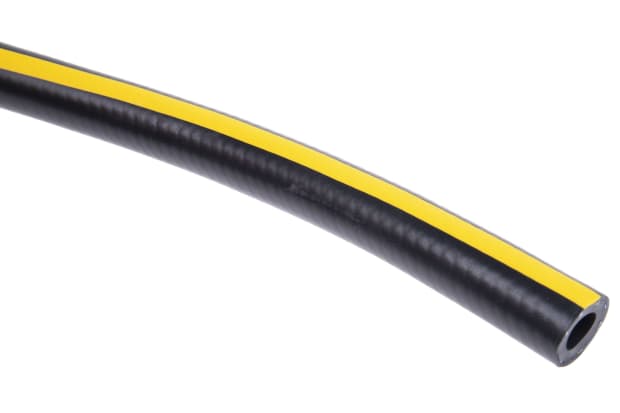
Air hoses are manufactured to operate at different gas or air pressures.
Gas pressure is normally measured in one of two units – bars or pascals. One bar is roughly equivalent to the air pressure at sea level. The pascal, meanwhile, is a much smaller unit, typically used to measure the stress and resistance within confined spaces. It replaced the older pounds per square inch metric. Within engineering, the base unit is normally the megapascal (MPa), one million pascals, equivalent to 10 bars.
When calculating the pressure capabilities you will need for your project, the key metric is the maximum pressure tolerance you will need. It is sensible to then purchase a hose with a maximum higher than the actual maximum required as this will minimise the chance of potentially dangerous equipment failure.
Air Hose Materials
Air hoses are made from materials with varying weights and levels of flexibility and durability. Common materials include two types of plastic - PVC and polyurethane, along with more traditional rubber. You may also encounter neoprene and nylon hoses. Each has advantages and disadvantages, but all will work well for years if properly maintained.
The following chart outlines the principle advantages and disadvantages:
Polyurethane
Durability :
- Vulnerable to solvents but otherwise durable
Weight :
- Very light and portable
Ideal Uses :
- Recoil hoses, high-pressure applications
What Size Air Hose Do I Need?
There are two factors to consider when determining what size compressor hose you will need.
Air hoses are available in multiple lengths - amongst the most common are 30, 50 and 100 metres. The length of most brands can be adjusted through cutting or coupling but it is sensible to consider the nature of your project carefully. Longer air hoses will be heavier and bulkier than smaller ones. In addition, the pressure in an air hose drops as the gas leaves the tank and passes along its length - so the longer the hose, the lower the pressure at the exit point. This is particularly important for hoses which have been attached using couplers. Each additional coupler will diminish air pressure more than a single long hose.
The output of a gas compressor - the rate of airflow - is normally measured in cubic feet per minute (CFPM). You may also see it measured in cubic litres per second or minute. Naturally, this varies from model to model so check the specifications or manual. For best results, try to balance the manoeuvrability of a longer hose against the higher CFM rating of a shorter one. Someone using a paint needs to be able to move freely and so will require a longer hose, while someone using a hydraulic wrench will not.
A significant level of pressure drop across a hose will require the compressor to run at a high CFPM setting and consume more energy. Doing so over a significant period is not cost-efficient. Aim for a drop of no more than 0.1 bar or 3% of the total.
The pressure drop will be exacerbated by anything which obstructs or slows down airflow within the hose - including couplings, bends and even the diameter of the hose itself. Air hoses are also distinguished by their internal diameter or ID, which varies much less than the external diameter. Naturally, a larger internal diameter means that the hose can convey a greater quantity of gas or air, so the higher the required pressure, the greater the required ID.
Available IDs range from as little as 1.2mm up to 25mm. 6mm, 8mm, and 10mm are especially common. Percentage variations of 6mm IDs are also available: 6.2, 6.3, 6.5 and 6.99.
Handheld tools do not typically require a high CFPM, so a 6mm air line will be quite sufficient. However, anything designed to deliver significant pressures will need a line with a higher ID. Bear in mind that higher ID air hoses are heavier and less flexible than smaller ones.
Therefore, to calculate pressure drop you will need to consider the following factors:
- The diameter and length of your pipe
- The rate of airflow
- The number of couplings and bends in place
